De l'observation à l'interprétation scientifique. Ce programme, propre au Service d'Astrophysique et UMR AIM, comprend l'ensemble des projets scientifiques de type ERC, ANR, Région, Université etc ainsi que les programmes d'observations au sol et dans l'espace. From observations to scientific interpretation.
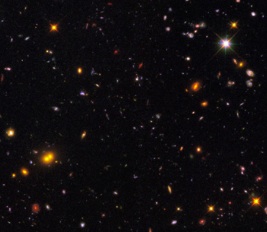

In preparation
Des archives aux bases de donnée. Ce programme, propre au Service d'Astrophysique et UMR AIM, comprend l'ensemble des données résultant des programmes d'observations, des projets de simulations ou d'instrumentation. From archives to databases. This research program of the Astrophyscis Division and UMR AIM, consists of all the data resulting from observing programs, simulation projets or instrumentation.
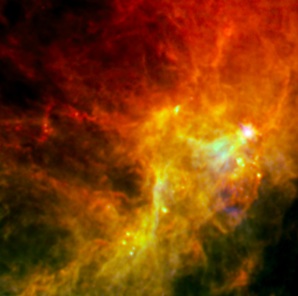
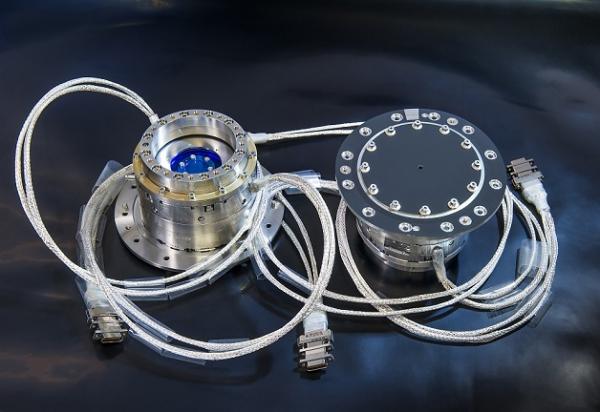
Development and integration platform for astrophysics
The development and construction of space instruments is one of the strengths of the astrophysics department.
Development and integration platform for nuclear and particle physics
For subatomic physics experiments, laboratories rely on platforms that allow them to develop R&D on detectors and microelectronics, but also to integrate them, test them and measure their performance. R&D focuses, for example, on improving the characteristics of Micromégas detectors: high flux resistance, picosecond time measurement, radiation resistance, neutron detection, high energy resolution. To meet these needs, the "MICROMEGAS FABLAB" has been developed.
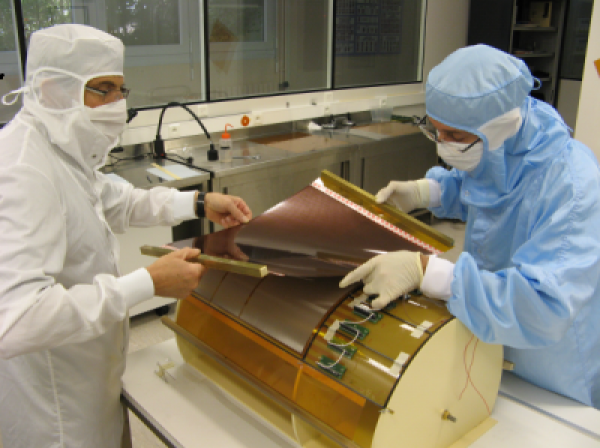
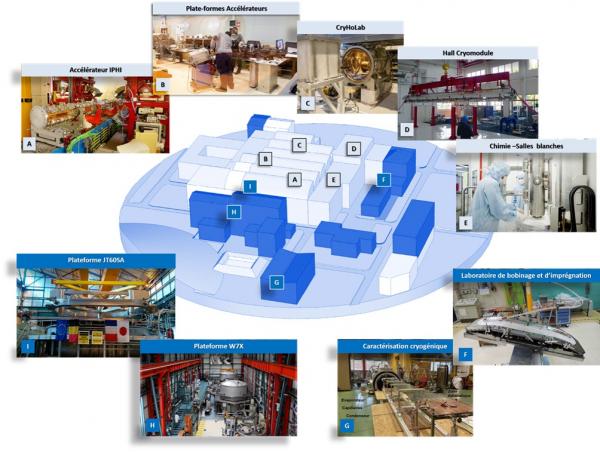
Development, integration and test platform for accelerators and superconducting magnets: Synergium
The Synergium is the large technology platform in the Accelerators, Cryogenics and Magnetism Department covering more than 25,000 m². It is intended for the national, European and international community, for research and development in the field of particle accelerators, cryogenic systems and superconducting magnets for the purposes of fundamental research.
De la conception au développement d'instruments. Ce programme, propre au Service d'Astrophysique et UMR AIM, comprend l'ensemble des projets instrumentaux en étude, R&D ou réalisation. From the design to the development of instruments. This research program of the Astrophysics Division and UMR AIM, consists of all the instrumental projects in study, development and realisation.
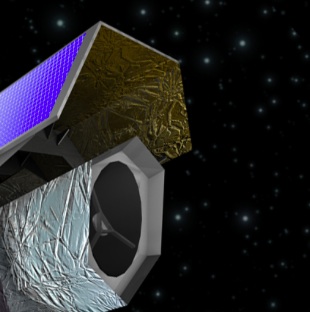

Modeling and visualization methods
In preparation
Du calcul à la simulation numérique. Ce programme, propre au Service d'Astrophysique et UMR AIM, comprend l'ensemble des projets en théorie et modélisation. From calculation to numerical simulation. This research program of the Astrophyscis Division and UMR AIM, consists of all the theoretical and modelisation project.
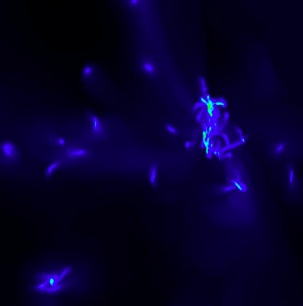

Welcome to MPGD Irfu Activities Micro-Pattern Gas Detector (MPGD) have been developed in CEA-Saclay since 1996. MPGDs are gaseous particle detectors coming from the development of wire chambers invented by Georges Charpark (Nobel prize in Physics in 1992). MPGDs can detect particles (photons, neutrons, charged particles) by amplifying the charges that have been created by ionisation in the gas volume.
The study of nuclear reactions aims at describing the mechanisms sustaining the evolution of nuclear matter when it undergoes a modification of its state. This modification can occur after an external excitation (e.g., neutron capture) or internal excitation (e.g., beta decay). This evolution is the consequence of the dynamics of nucleons in interaction with its neighbours and of the reorganization of the nuclear structure.
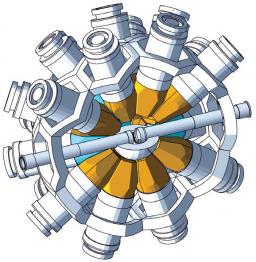
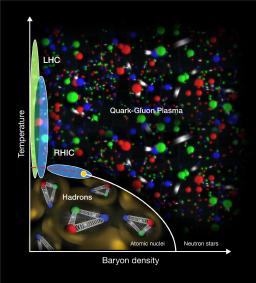
The interaction between quarks and gluons is described by the Quantum Chromo-Dynamics (QCD) theory. This strong interaction confines the quarks and gluons inside the protons, neutrons and other hadrons. When a hadron is torn apart, its constituting quarks and gluons, instead of being liberated, will recombine with newly created ones to form new hadrons with different properties.
Detectors for both infinite physics
In the fields of instrumentation, Irfu's teams carry out the necessary instruments to see through its research in subatomic physics, astrophysics and cosmology. From the mechanical design of detectors to the realization and characterization of prototypes, and finally the integration and testing of final detectors, there are numerous expertises such as microstructured gas detectors, imagers and space spectro-imagers in different wavelengths (gammas, X, visible, infrared and submillimetre waves).

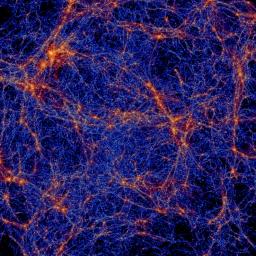
Evolution of the large structures and galaxies
Today our Universe is made up of stars, galaxies, clusters of galaxies but also huge voids. Yet when it was born over 13 billion years ago, matter was evenly distributed. To understand the physical mechanisms responsible for this scenario, we need to trace the history of galaxies and their clustering by combining the three pillars which are observations, theoretical data modelling and numerical simulations.
The DPhP Atlas and CMS groups actively contributed to the first accurate measurements of the Higgs boson properties in the decay channel in two Z bosons, for the Atlas group, and two photons for the CMS group. The tests of the standard particle physics model with precision measurements on the W mass for example, and the direct search for new physics are the two approaches to find the new physics in the data collected from particle colliders.

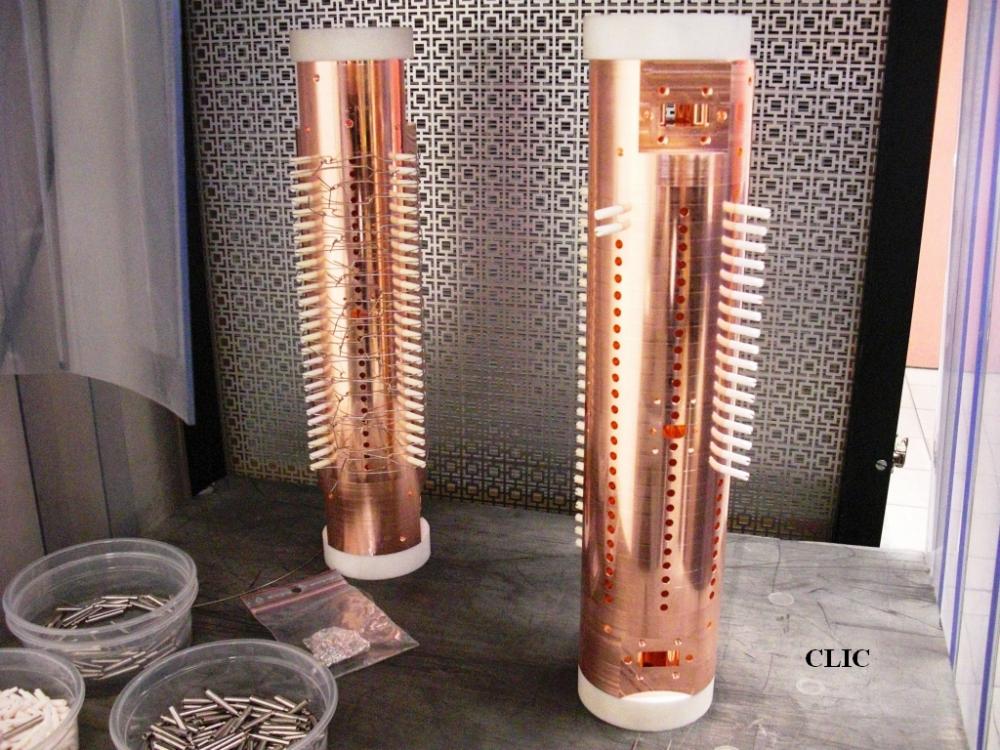
Electron-positron linear accelerators
Breakthroughs in particle physics are closely related to the availability of electron beams of ever-increasing energy and luminosity. Electron accelerators are also essential to free electron lasers operating in the ultraviolet and X-ray regions. To supply the high brilliance beams used in solid-state physics, as well as in chemistry and biology, 3rd generation synchrotron radiation machines also operate with very intense electron beams.
Galaxy formation and evolution
Observational Cosmology has reached an important turning point. After years of seeking the parameters that govern the evolution of the Universe, there seems to be increasing consensus in acknowledging the dominant influence of dark matter on baryons and that of dark energy on dark matter.
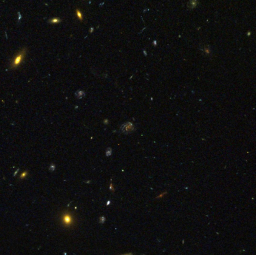
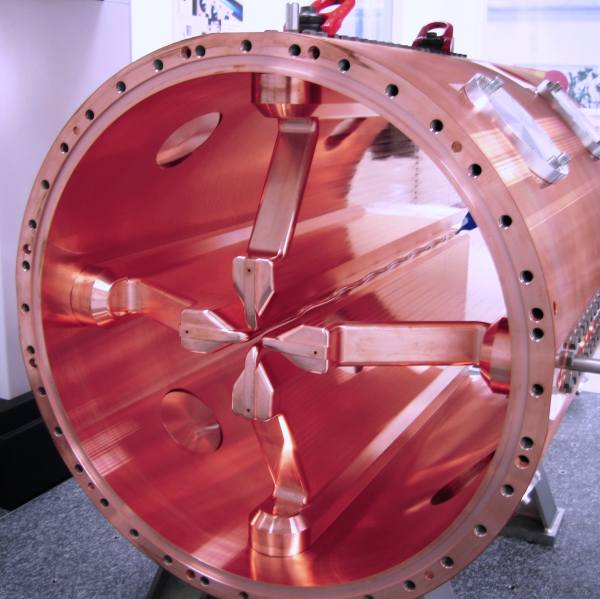
High-Intensity sources and injectors
High-intensity high-energy linear accelerators, capable of consistently reaching 1 GeV and several tens of milliamps, find numerous applications in nuclear and particle physics, and in condensed matter physics as well. The interaction of a proton beam, accelerated by a Linac of this kind, with a target, enables the production of particles such as radioactive ions, neutrons, neutrinos or muons.
Instrumentation and development for R&D magnets
The design and construction of high technology cryomagnetic systems are based on R&D activities which are part of the first design or prototyping phase. SACM also maintains an R&D activity outside construction projects in order to prepare for the future. It runs a range of R&D through international collaboration and in particular with CERN, in order to develop new superconductors to increase the magnetic field or the operating temperature.
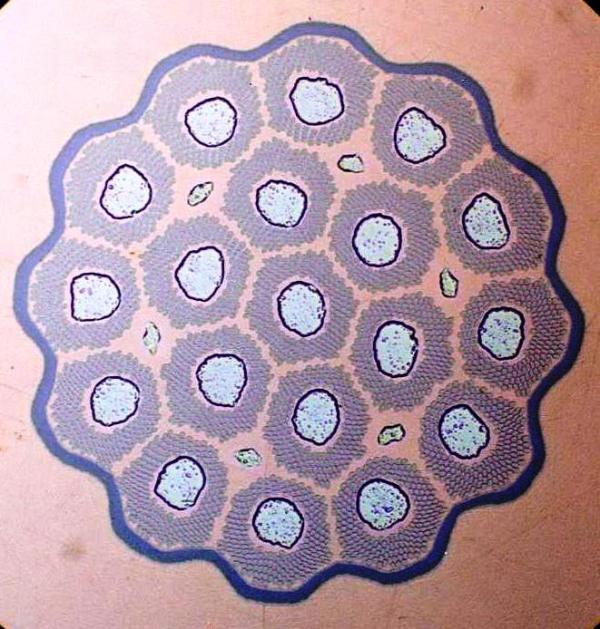
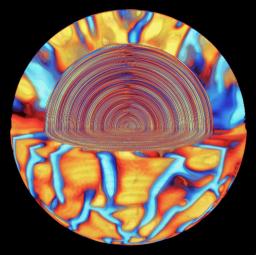
Planets, star's formation and dynamics, interstellar medium
We are studying how stars work, the Sun first of all. We have deepened our knowledge of the Sun via helioseismology observations (discovery of global gravity modes with SOHO-GOLF (Garcia et al., Science 316, 1591 (2007)) and large magneto-hydrodynamics simulations on massively parallel computers (Brun et al. ApJ, 742, 79).
R&D and Instrumentation for Future Accelerators
Any new project presents challenges of its own and generally needs specific R&D. Conversely, it is often the case that breakthroughs in some one particular R&D can profit to several projects. Several lines of R&D specific to accelerators are pursued at SACM: • The improvement of analytic models and development of numerical methods for modelling the particle beams dynamics which has to be adjusted to higher and higher requirements for operating parameters (energy, luminosity, reliability, …).
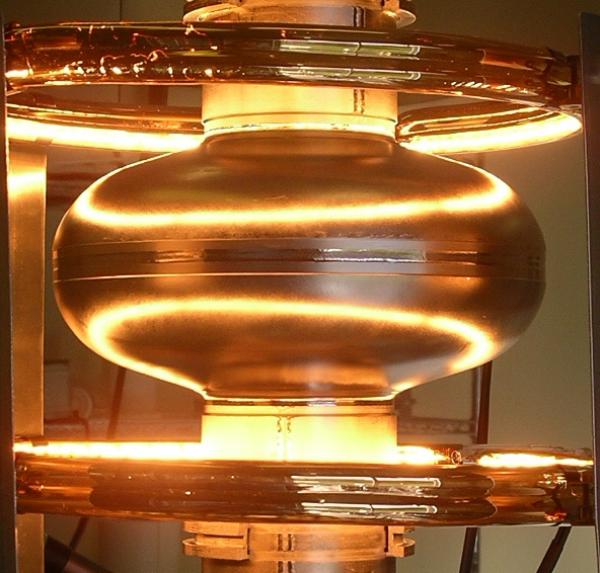
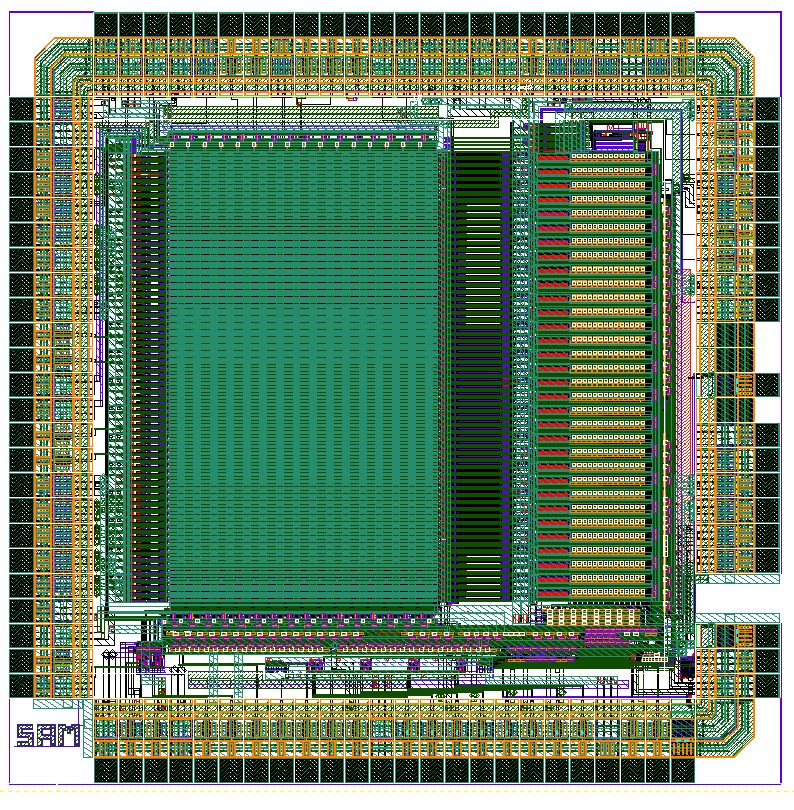
Signal processing and real time systems
Electronic data acquisition systems are used to collect, digitize, format and process data from the detection systems that form the core of experimental physics projects. Irfu laboratories maintain and develop all the hardware, firmware and software skills required to design and implement the entire physical data detection and processing chain.
Superconducting Magnets for Particle Physics Research
Irfu designs, builds, tests and operates large superconducting magnets for research. These magnets are a critical technology for nuclear and particle physics accelerators and detectors, such as the Atlas torus and the CMS solenoid in the LHC or the Glad dipole in GSI/Fair. The specifications imposed by the scientific objectives lead to large size, high magnetic fields and specific magnetic configurations.
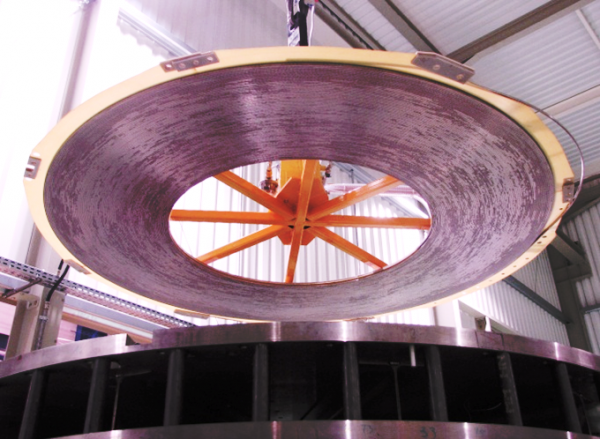
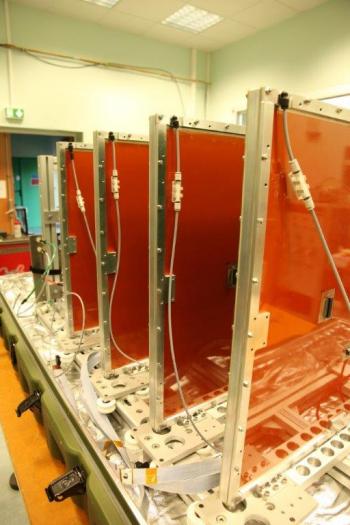
Achievements in response to societal challenges
The Institute applies its expertise to social issues, such as energy and health. Projects can be important like for example : the design and construction and installation of the ISEULT 11.
The most intriguing development in modern cosmology is to realise that the better part of the Universe is essentially of unknown nature. This conclusion relies on two types of observations. The first one is the indirect evidence since decades of the presence of a large quantity of invisible matter, called dark matter, whose gravitational influence spans all cosmic scales, from galaxy to clusters of galaxies, and the whole Universe.
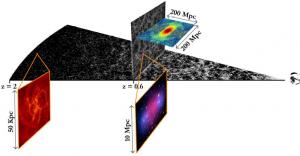
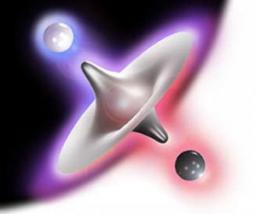
Fundamental Interactions: tests at low energies
Powerful fundamental interaction tests can be performed in the low energy domain, usually in the form of high precision measurements. At Irfu, this theme corresponds to two activities: - on the one hand, high-precision measurements of nuclear decay β at GANIL, - on the other hand to measure the movement of antihydrogen atoms in the Earth's gravitational field, i.e. a free fall experiment for antimatter.
The physics of neutrinos is studied using different sources such as reactors, accelerators and radioactive sources. The objectives of these experiments are: - to measure all neutrino oscillation parameters by varying their energies and oscillation distance and measure their mass. These measurements could be related to phenomena beyond the standard particle physics model: for example new interactions, or the existence of new particles.
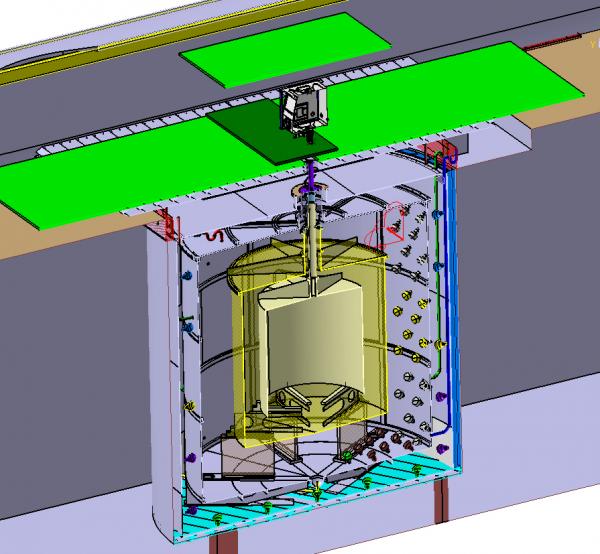
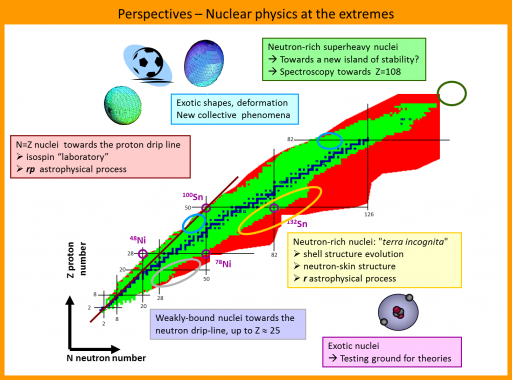
The structural aspect of the atomic nucleus is governed by the interaction between nucleons, protons and neutrons, binded by the strong interaction. This multibody quantum system is often described by a nuclear medium field built on an effective nucleon-nucleon interaction. This interaction became increasingly sophisticated as accurate spectroscopy data accumulated.
High energy cosmic phenomena and astroparticles
At high energies, the violent phenomena of the Universe are linked to the production of radiation and particles such as X-rays, gamma rays, subatomic particles of all types (charged particles, neutrinos, etc.) and to the extreme th gravitational radiation. The aim of studying this radiation is to understand what mechanisms are capable of producing the acceleration of galactic and extragalactic particles within compact objects and their environment.

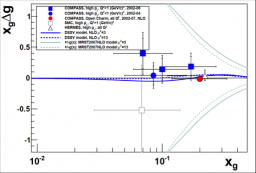
Quarks and gluons hadron structure
DPhN is strongly engaged in the study of the partonic structure (in terms of quarks and gluons) of nucleons, protons and neutrons. Nucleons are singular objects as about 90% of their mass originates not from their constituent masses, but rather from the strong interaction they experience. Nucleons are also a benchmark laboratory to study confinement and deconfinement mechanisms which remain an open key point, although QCD is a well established theroy in the standard model.

